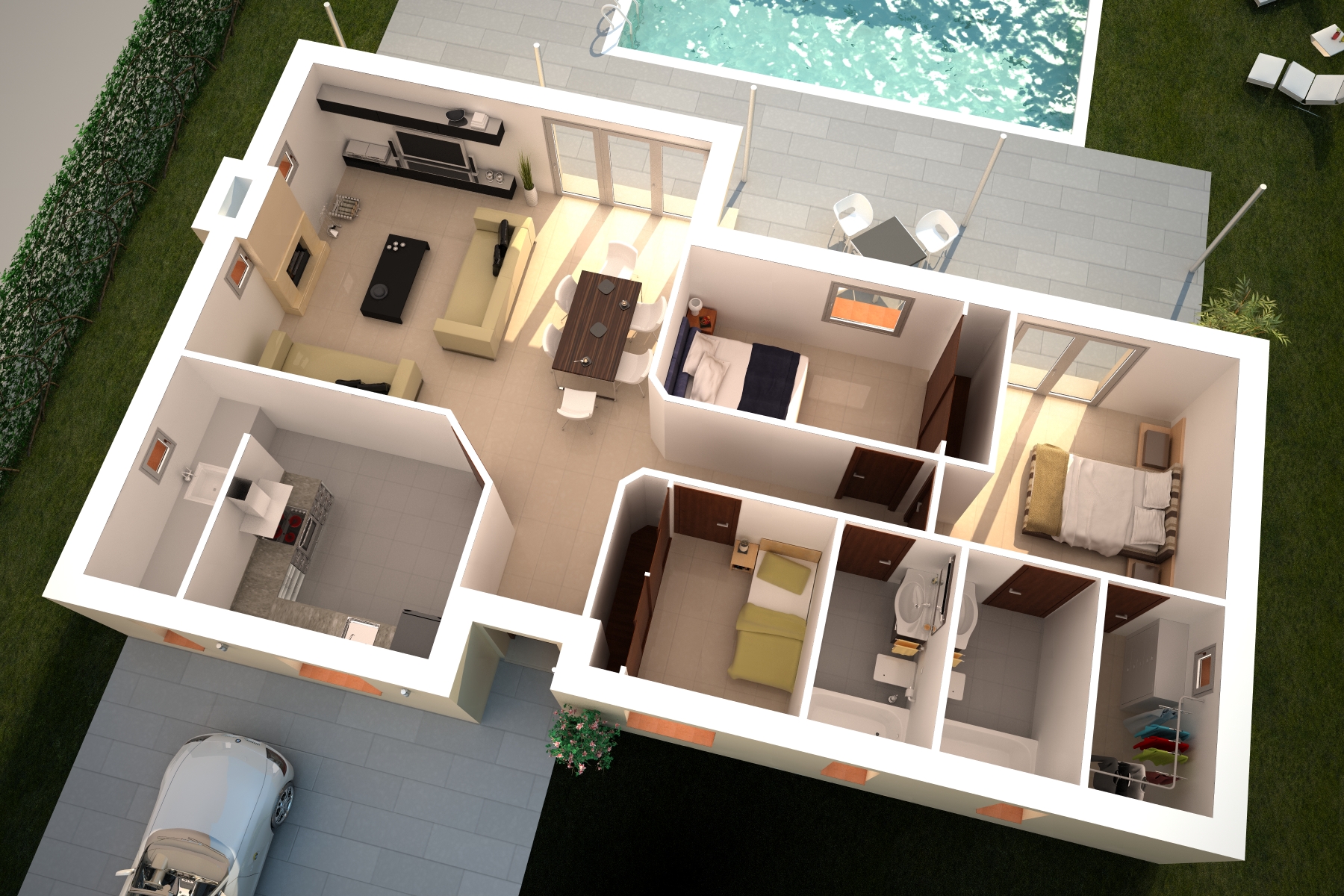“Feng shui for geeks, a way of engineering that turns a house into a fine-tuned machine,” is the description Sara Solovitch uses in her Politico Magazine feature to describe “Passive Housing,” a method of building developed in Germany which utilizes very thick insulation and high-quality windows and doors to exploit solar and create amazingly green, inexpensive and comfortable spaces. Disconcertingly if unsurprisingly, America lags behind in such environment-friendly structures, though Portland (also unsurprisingly) has become Ground Zero in the U.S. for what would be a very welcome architectural revolution.
An excerpt:
It’s what you don’t see that makes it so unique. The Orchards is a “Passive House,” currently the largest one in North America. It’s a high performing energy-efficient complex whose 57 apartments stay cool on the hottest days and can be comfortably heated with a hand-held hair dryer on the coldest. Its windows are triple-paned. Its walls and floors are stuffed 11 inches deep with insulation. The ventilation system in the attic acts as the building’s lungs—continually pulling exhaust from every kitchen and bathroom, sucking stale air through a heat exchanger before carrying it to the outside and returning with fresh air.
“Every day I find a new reason to love it,” gushes Georgye Hamlin, whose one-bedroom apartment is as noiseless as a recording studio. “It’s cool, it’s quiet, and I don’t even hear the train. During the heat wave, my girlfriend came over to sleep because it was so cool. Yay for German engineering!”
Passivhaus, a building method developed in Germany in the early 1990s, relies on an airtight envelope—the roof, exterior walls and floors, literally, the physical barrier that separates in from out—to create a building that consumes 80 percent less energy than a standard house.
As translated into English, the term is almost a misnomer. It implies single-family housing, when in fact the approach can be applied to any size building. In Europe, supermarkets, schools, churches, factories and hospitals have been built to passive house standards. The number of certified buildings there exceeds 25,000.•
Tags: Georgye Hamlin, Sara Solovitch

